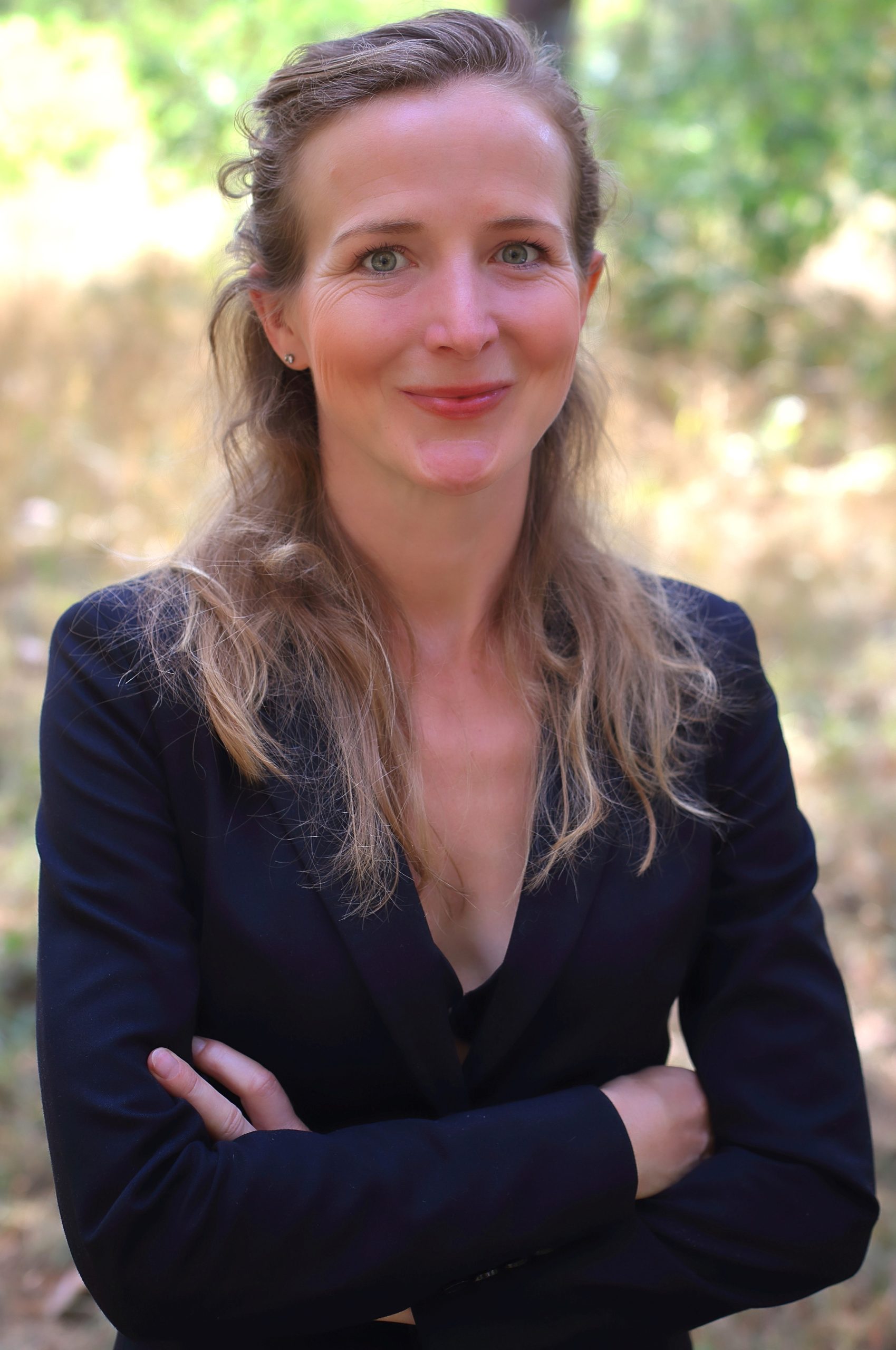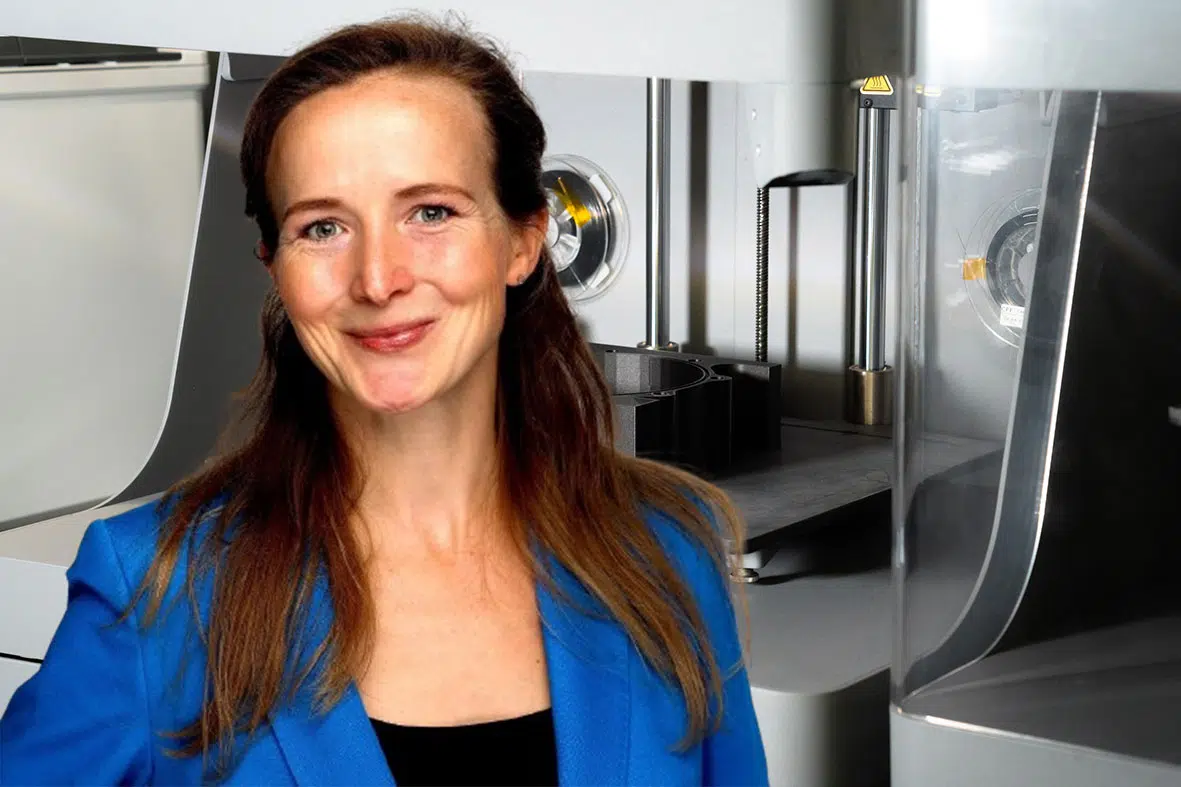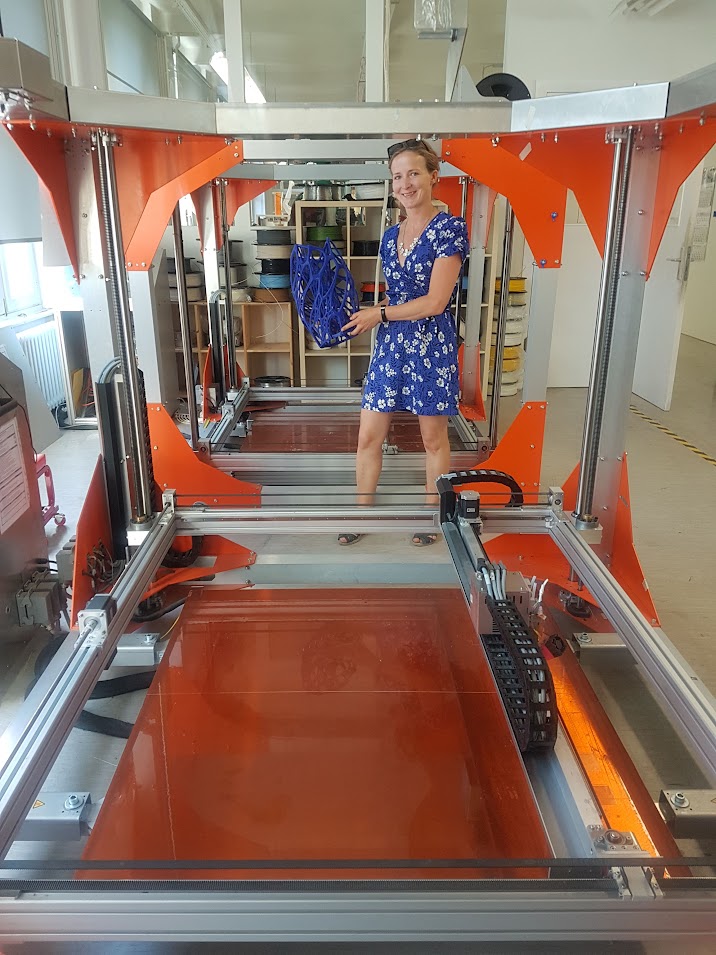Gesa Schneider is a leading thinker on the transformative role emerging technologies, circular practices and innovative business models can play for climate change. She has gained experience as a founder and CEO at Circuteria, a digital platform for helping customers achieve sustainable materials solutions.
She combines broad international experience in the 3d printing industry and sustainable materials with innovations in the startup scene in Berlin, where she has won various competitions and hackathons. With more than nine years of experience in startups and corporations, she has a strong background in sales and business development. She speaks at conferences and writes a blog (circular3dprinting.com) about the ecological advantages of 3d printing, circularity and innovative business models. Her vision is to unlock the circular economy’s full potential and she is dedicated to make the manufacturing of products more sustainable.

Predictions for the role of Additive Manufacturing in 2024

With the global temperature in 2024 set to be the warmest year on record, it will be harder for governments and business to ignore the growing social, and governance (ESG) agenda. While these are complex issues, especially when it comes to manufacturing industries, I believe investors and consumers alike will continue to encourage the development of a circular economy and the reduction of carbon emissions. AM’s role in local and on-demand manufacturing can help to reduce the monetary and environmental costs of waste, energy consumption, and shipping, but there is more to be done. (Read more)
“The circular bioeconomy means, above all, creating an economy where life, and not consumption, is its true engine and purpose”
Plastic pollution is one of the greatest threats to our environment. Every year more than 350 million tons of fossil-based plastic are being produced, often ending up as waste harming our health and environment. We rather want to live in a society that is regenerative by design, using natural materials at their highest value that enable a truly circular economy.
Plastics made from renewables have the unique advantage over conventional plastics to reduce the dependency on limited fossil resources and to decrease greenhouse gas emissions. Consequently, biobased plastics can help the EU to meet its targets of greenhouse gas emissions reduction. Other benefits are that bioplastics can be made of by-products and local resources, enabling closed loop material cycles.


New Online Course: Let’s go Circular


“After couple of years in the 3D printing industry, I’ve realized the need for significant shifts. Despite the promising potential of 3D printing in creating sustainable products with biopolymers and minimizing material consumption, I observed a reality of failed prints ending up in landfills rather than being recycled. The industry’s preference for fossil-based materials, driven by traditional manufacturing methods. Conversations with customers and colleagues revealed widespread misconceptions about the stability of biobased and recycled materials for industrial use. Despite strong technical data, these materials face unjust skepticism. Nature itself provides examples of formidable materials, challenging the prevailing doubts surrounding the viability of sustainable options in 3D printing.”
3d printed bionic structure with recycled filament
“These misconceptions regarding biomaterials do not only exist in the 3d printing industry but are widely spread in society. Consumers and manufacturers are confused by many specific terms and a lack of clear labels which make it hard for them to make a conscious decision regarding sustainability.
It became clear to me that education around these topics are essential to drive demand and to achieve commitment. At the same time the challenges to achieve a circular economy are so huge that collaboration is needed. Therefore I created Circular 3d: sharing knowledge, enabling collaboration and facilitating action.”



